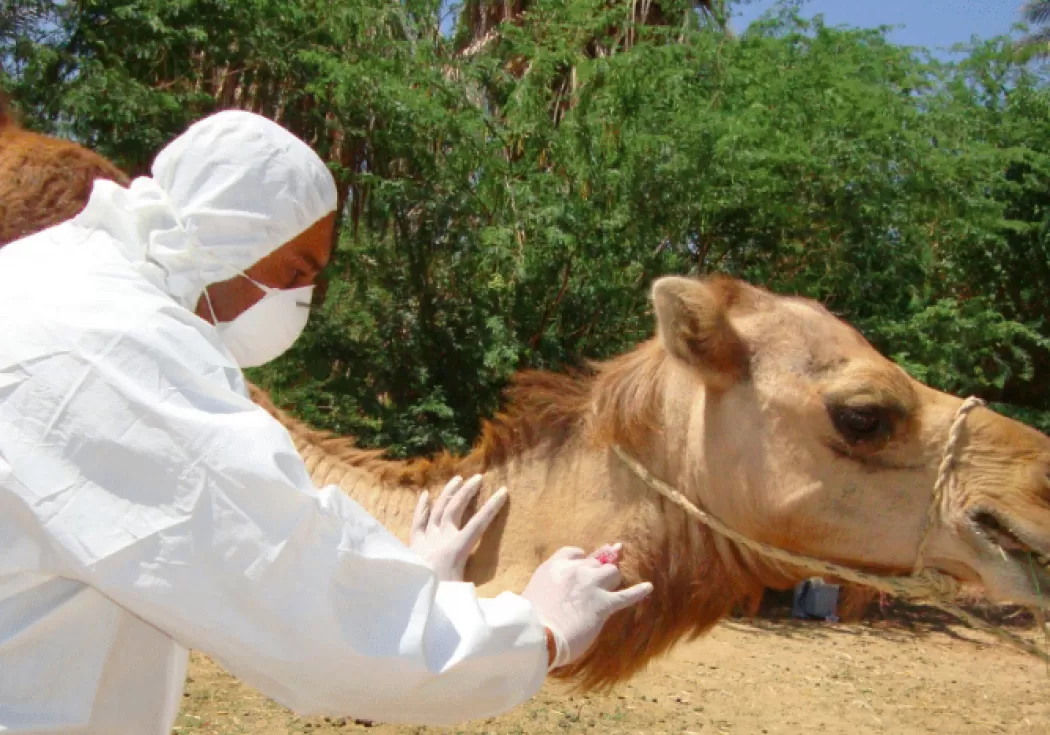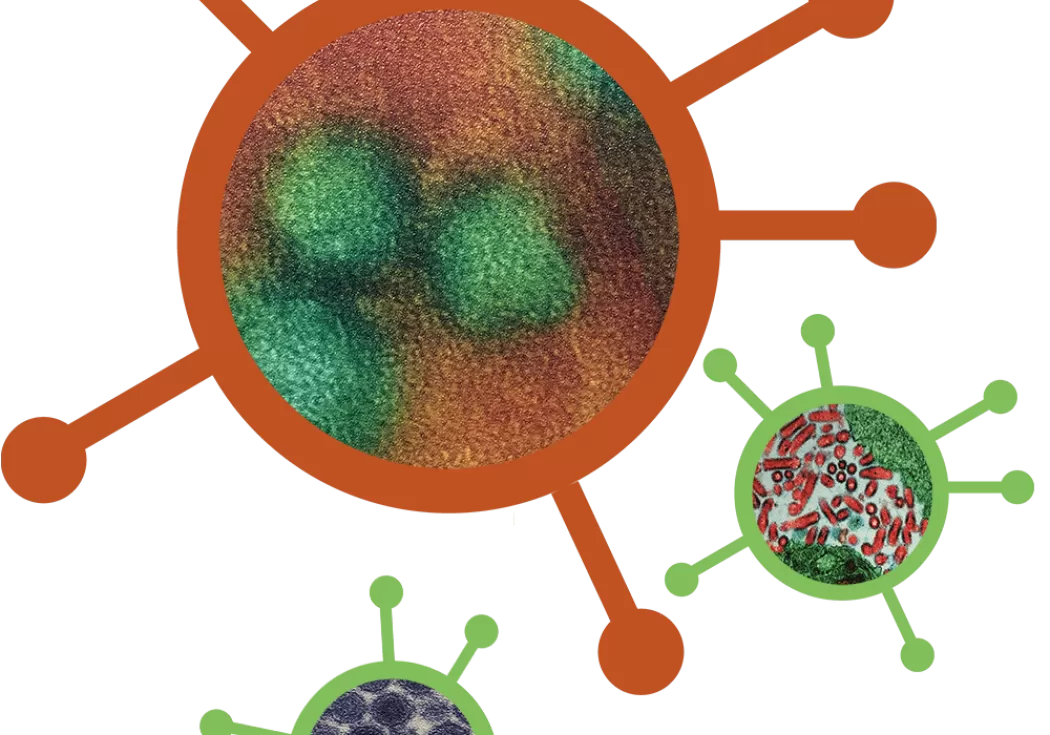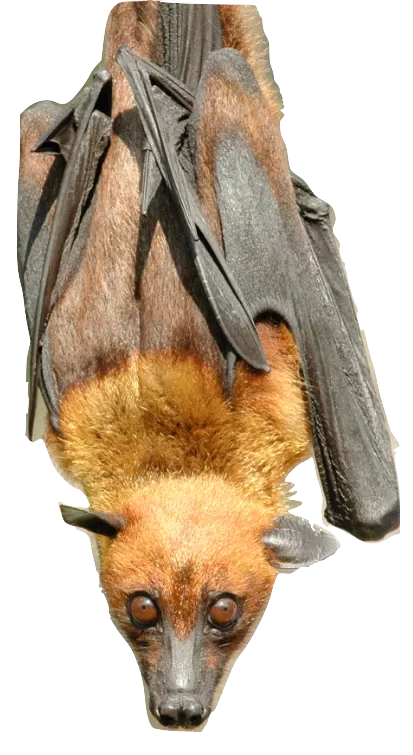
Search

Outbreak: Epidemics in a Connected World Digital Exhibit
One World, One Health
Around the world, people are working together to stop outbreaks—sometimes before they even start.
The Human-Animal-Environmental Connection

Environment - Things that people do - such as cutting down forests - can increase our contact with infected animals. Courtesy Ville Miettinen

Humans - Poverty, conflict, limited access to health care, and crowded living conditions make people more vulnerable to disease.

Animals - The animals we raise, trade, and hunt can transmit pathogens to us. Industrialized farming may increase the risk of infection. Courtesy Matt Zimmerman CC By 2.0
Previous
Next
Did you know?
When people began to farm and domesticate around 11,000 years ago, our risk of exposure to zoonotic diseases increased.
The majority of new infectious diseases in humans are zoonotic: they originate in other animals.
How can pathogens spread from animals to humans?
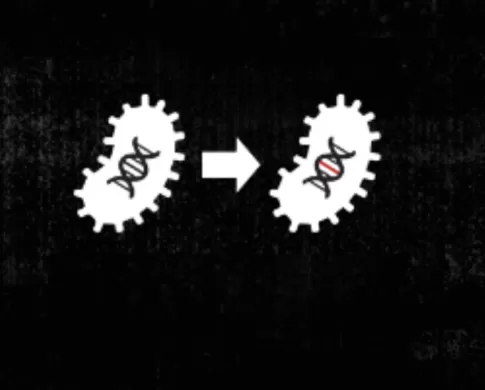
Pathogens evolve, helping them to adapt to humans.
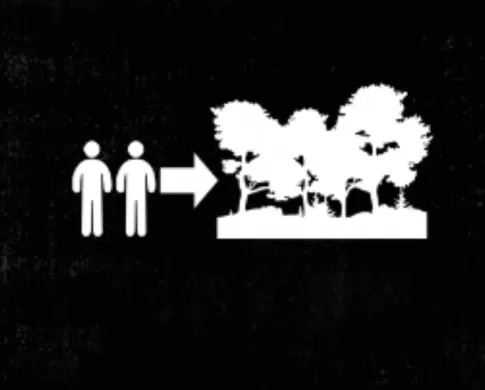
People move into once-wild places, increasing contact with pathogen carrying animals.
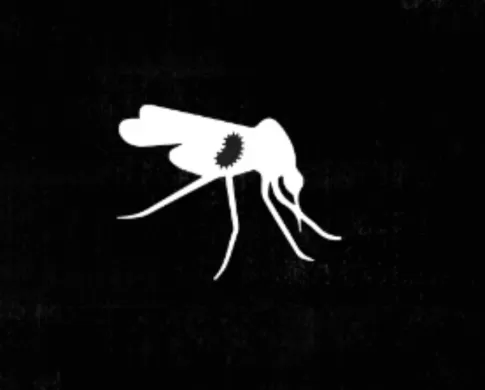
Insects, such as mosquitoes, can carry pathogens into villages and cities as seasons and climate change.
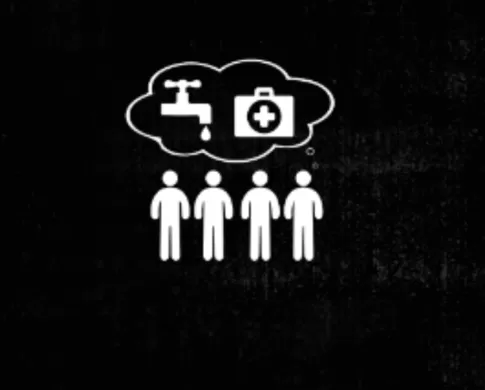
People without clean water and food, waste disposal, and medical care have higher risks of infections.
Previous
Next
Did you know?
Pathogens are microscopic organisms (microbes)—such as viruses and bacteria—that cause infectious diseases.
Where Do Zoonotic Diseases Come From?
Human pathogens can infect other animals, too.
Bats are effective at spreading pathogens. Why?

Bats live together in large groups, sharing viruses among them.
Bats seem to carry viruses without getting very sick. We’re still learning how.
Bats fly long distances, taking viruses to new populations.
Bats live everywhere people do.
Why not just kill all the bats?
We need bats. Bats are vitally important for maintaining healthy forests and crops by eating insect pests and dispersing pollen and seeds.
Bats are not to blame. We get exposed to bat pathogens when our own activities, such as deforestation, bring us closer to them.
(Image courtesy of Jonathan Epstein)
Spillover → Outbreak → Epidemic → Pandemic
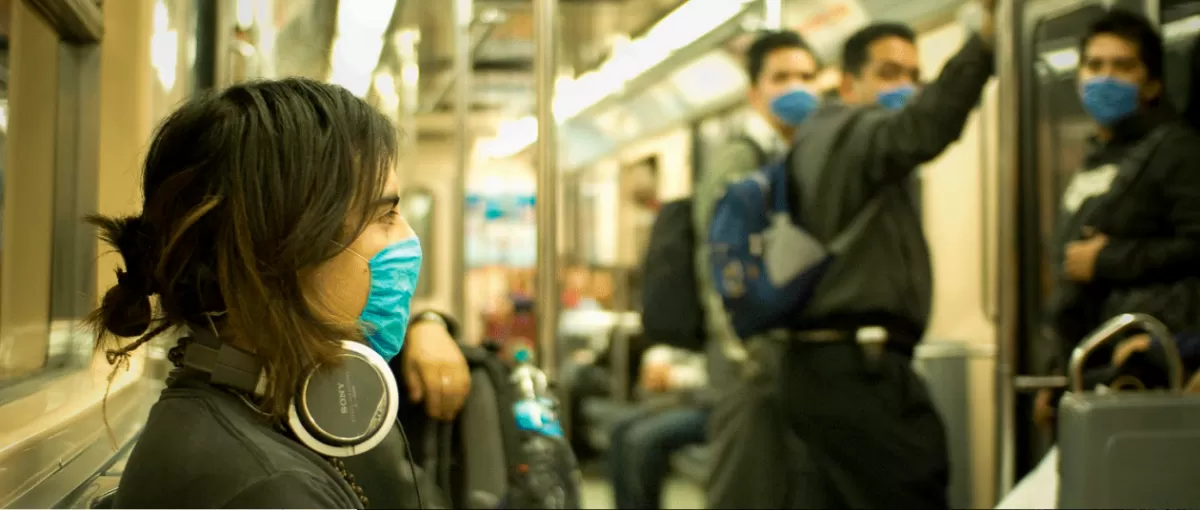
Pathogens can “spill over” into humans when we are exposed to infected animals. Once pathogens infect humans, they can travel anywhere humans go.
When multiple people are infected, the spillover becomes a disease outbreak.
If an outbreak is not stopped, it can become an epidemic. An epidemic that spreads globally is called a pandemic.
Did you know?
Many pathogens spread when humans have contact with the blood, urine, feces, or saliva of wild animals.
TAKE ACTION

Wash your hands often.
Get vaccinated when possible.
Stay home and don’t travel when you are sick.
Protect yourself from insect bites.
Use antimicrobial medicine only when and as prescribed.
Disinfect your kitchen and bathroom.
Practice safer sex.
Get information from your public health department.
Spread the word: #Outbreak
Keeping Track of Pathogens
Surveillance—finding people or animals who are infected with a pathogen—is a vital step in stopping outbreaks early.
Microbes can develop resistance to the drugs used to eliminate them.
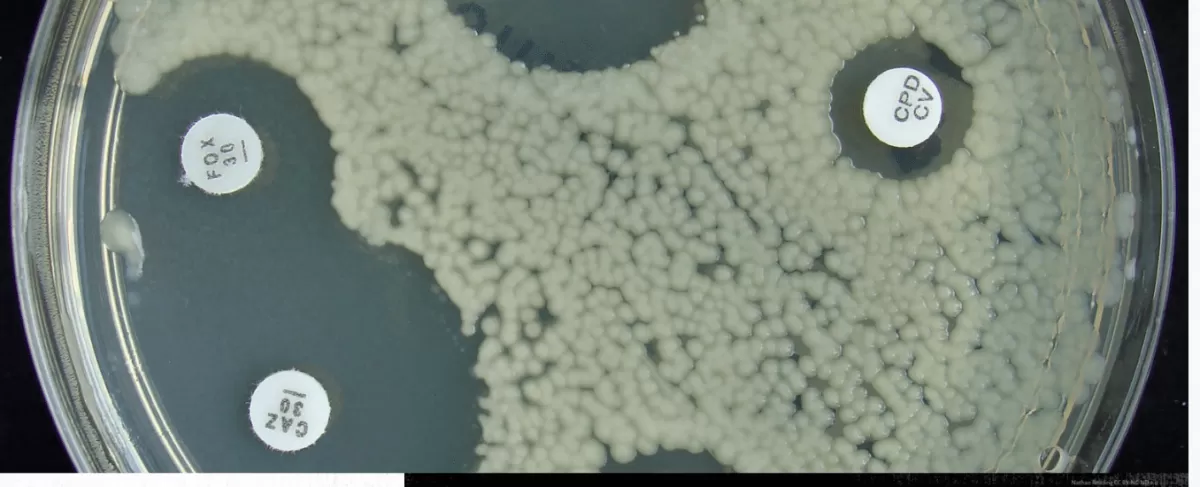
This antimicrobial resistance (AMR) can, for example, occur when farmers overuse antimicrobial medicines in livestock, when doctors prescribe the wrong drugs, or when patients use them improperly.
Did you know?
Vaccines keep viruses from taking hold in the body, instead of treating a disease after it strikes.
Different Tools: Bacteria vs. Viruses
Both viruses and bacteria can develop resistance to drugs.
Working Together
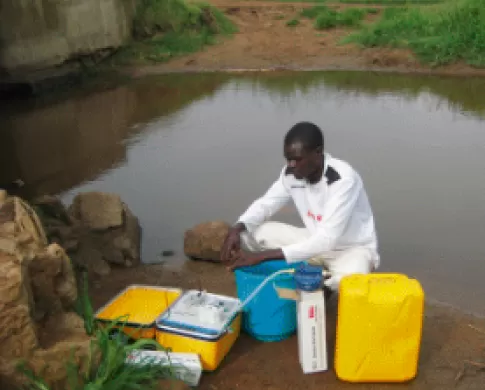
Epidemiologists collect information about behaviors and exposures that might be connected to patients’ illnesses. Courtesy University of Illinois/Steve Taylor
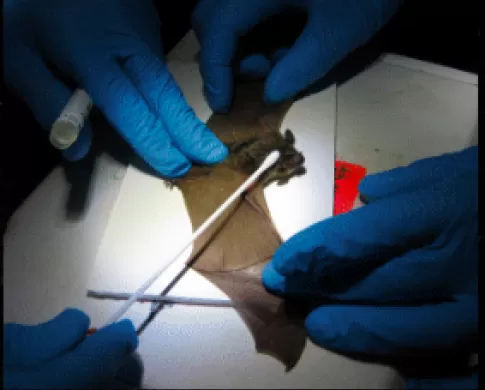
Veterinarians test samples from domestic and wild animals to help identify pathogens associated with human cases. Courtesy David Snyder/CDC Foundation
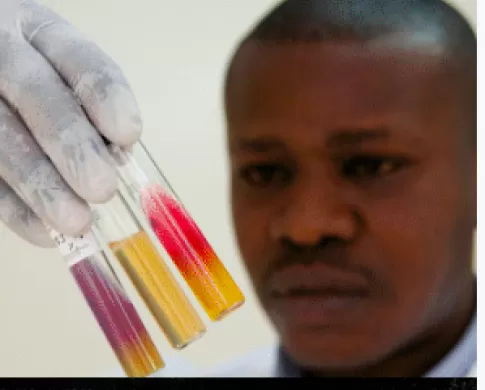
Laboratory work is essential for identifying and containing infectious disease outbreaks. Mobile labs allow health workers in remote areas to get results quickly. courtesy David Snyder/CDC Foundation
Previous
Next
One Health Heroes
There are many ways to be a hero in the fight against infectious diseases.

Keeping an outbreak from becoming an epidemic requires cooperation and coordination from individual communities to international partnerships.
Rumors, fear, and misinformation about an infectious disease can help it spread.
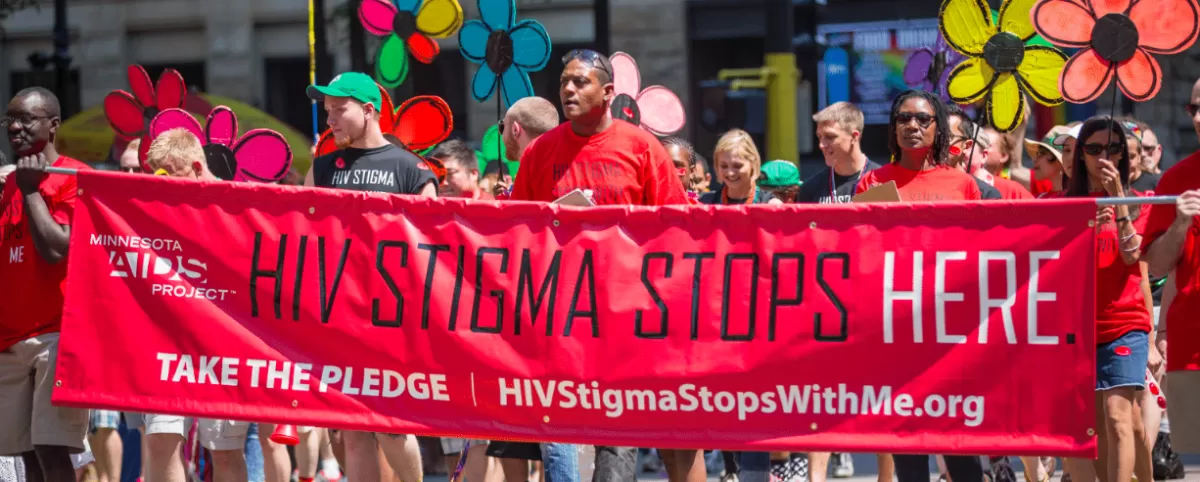
Did you know?
Scientists and public health organizations monitor influenza infections worldwide year-round to be prepared.
Influenza is one of the biggest pandemic threats we face.
The virus spreads through the air and mutates rapidly. Different strains are dominant each year, and new vaccines are produced each flu season.

Research is ongoing to develop a universal influenza vaccine that could protect against multiple subtypes of the virus, including newly emerging strains with the potential to cause a pandemic.
Some Influenza A Subtypes

Human Influenza A (H1N1)
H1N1 was first recognized in the 1918 pandemic, which killed 50–100 million people worldwide. Its descendants still circulate seasonally, but they are not as deadly. A new H1N1 virus caused another pandemic in 2009–2010.
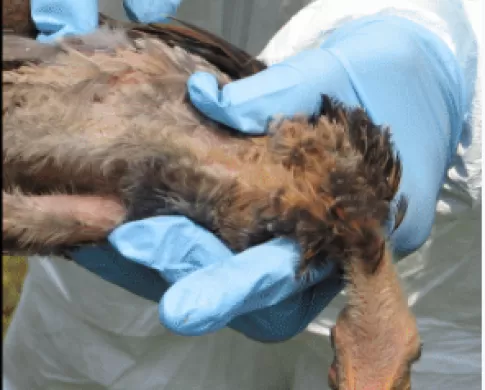
Avian Influenza A (H7N9)
H7N9 emerged in humans in 2013, via close contact with infected poultry in China. Despite its low potential for person-to-person infection, this virus could mutate to be more transmissible in humans. Credit Bari Bookout CC BY-NC 2.0
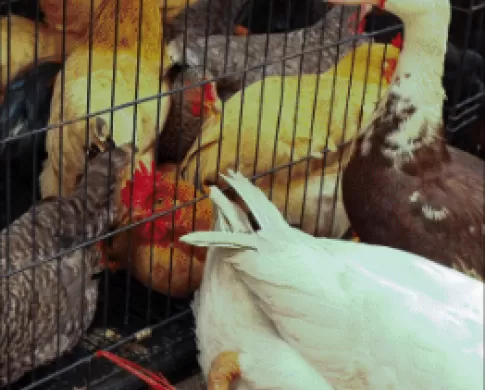
Avian Influenza A (H7N9)
H7N9 emerged in humans in 2013, via close contact with infected poultry in China. Despite its low potential for person-to-person infection, this virus could mutate to be more transmissible in humans. Courtesy ILRI/Chris Jost
Previous
Next
Some Things to Know About COVID-19

A Zoonotic Virus - Genetic evidence indicates that SARS-CoV-2 is zoonotic: it originated in other animals. Scientific studies suggest that bats are the likely reservoir host, and its introduction in humans was recent. The spillover may have occurred in a crowded wet market, where many animal species are in close contact.
International air travel helped the pathogen spread worldwide
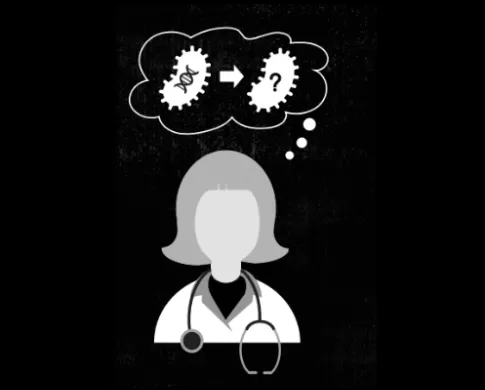
Cold? Flu? Or Something New?
COVID-19 has a wide range of symptoms, including fever, cough, shortness of breath, headache, muscle pain, chills, and loss of taste or smell. But people can have and transmit the virus without ever having symptoms, or before they start.
Anyone can transmit SARS-CoV-2 without even knowing it. Rapid testing and contract tracing are essential tools for identifying infections and stopping the spread through quarantine.
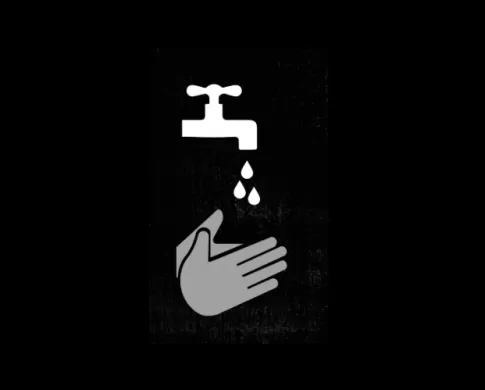
YOU Can Help Stop the Spread - Stay home if you feel ill and as directed by local public health authorities. Wear a face mask and stay 6 feet from others when in public. Wash your hands frequently for at least 20 seconds with soap and water.
Previous
Next
